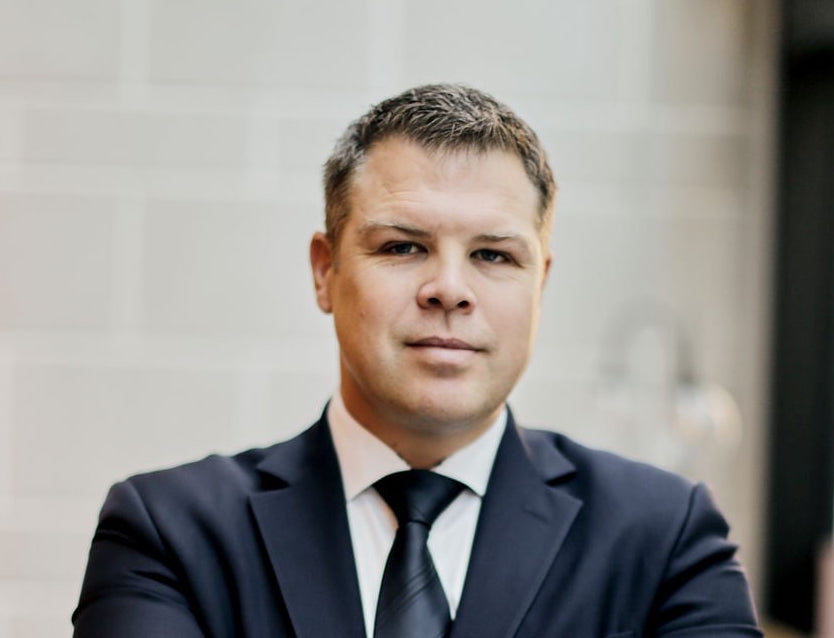While the work-from-anywhere trend has been a welcome opportunity for employees, it has left many companies scrambling in the fight for talent. Where in the past organizations could edge out their competitors with in-office yoga classes or beer on tap, employers now need to push beyond gimmicky perks to attract and retain top employees.
One tool that more companies should be considering is an employer-sponsored retirement savings plan, says Michael Horne, partner, and co-founder of Meldrum Horne.
“First and foremost, retirement savings plans should be viewed as a key component of an organization’s total compensation package. These plans are an investment in your people,” he says. “There’s a talent shortage, and in tight hiring markets, an employer-sponsored retirement savings plan could be the deciding factor between two opportunities.”

While it often seems difficult to get the ball rolling, Horne reassures that these programs are easy to set up and will serve both incoming and existing employees.
“This will position your company not only as a great place to work, but as a place to grow and advance a long-term career,” he says.
Creating financial stability
For many employees, saving for the future has become a top priority during the pandemic, raising questions such as: How much money will I need to retire?
“While there is no one-size-fits-all answer, companies can make it easy for employees to invest through payroll deduction,” says Jamie Meldrum, partner, and co-founder of Meldrum Horne. “Contributions automatically deducted from gross earnings is the simplest way to pay yourself first, and those contributions can be matched by your employer.”
There are various options for employers to choose from such as Defined Contribution plans – where both the employer and the employee contribute a percentage of salary – which can help employees with long-term financial growth.

“When you think of Defined Contribution pension plans, think legacy,” says Meldrum. “The longer an employee contributes, the more they will receive. Employees will remember the company that helped make a comfortable retirement possible.”
Employers may also choose a Group RRSP option, which are not as restricted by pension legislation, and provide more freedom to withdraw money for incidentals prior to retirement.
“Once we identify the corporate philosophy and what plan is most appropriate, we tender to the market and compare proposals based on product, pricing, service, technology and support,” says Meldrum. “When we find the right solution, the next step is to launch the program, which can be a really exciting time for an organization.”
A lasting connection
While an employer-sponsored retirement plan can be a key competitive differentiator, these programs can also help companies operate at a high level, without the disruption of employee turnover.
“It’s not uncommon for employers to design these plans with the goal to recognize years of service,” says Horne. “Retirement plans can help employers get creative with remuneration and reward employee loyalty.”
For example, an employer may choose to match a three per cent contribution for the first five years of service, then bump up that contribution to five per cent.
It’s also important to work with a provider who understands an organization’s specific needs and can help staff understand the benefits and advantages of investing in a group savings plan.
“Part of our job is to educate and ensure everyone is comfortable with how and where they are investing,” says Meldrum. “The goal is to raise awareness and improve financial literacy so that employees are well prepared when they retire, and employers can play a big role in that.”
Still have questions about retirement plans?
Reach out to Jamie Meldrum or Michael Horne at Meldrum Horne for more information on employer-sponsored retirement savings plans and find out how they can help your company attract and retain top-tier talent. Visit: https://meldrumhorne.com


